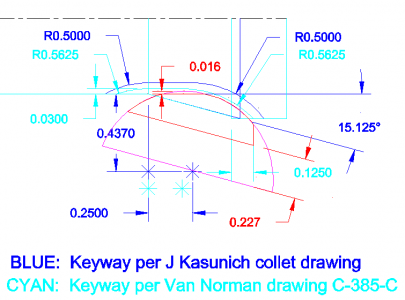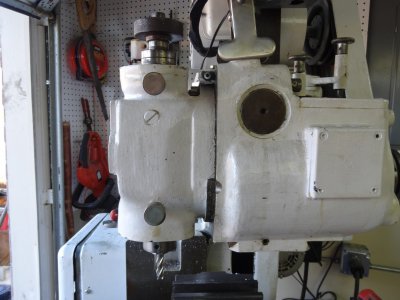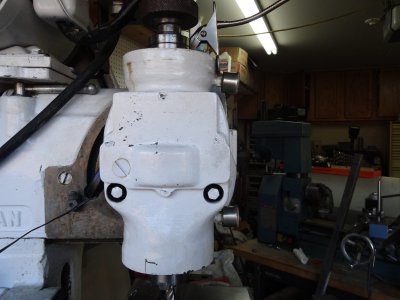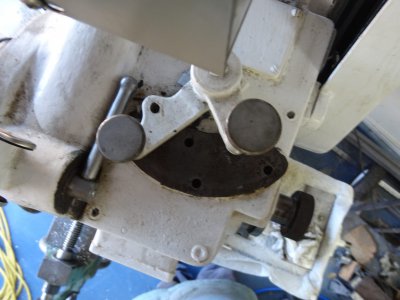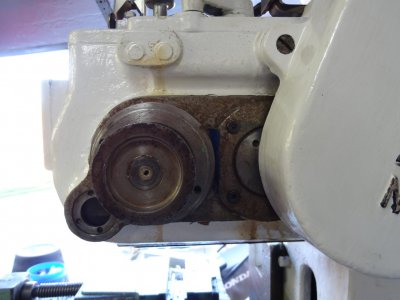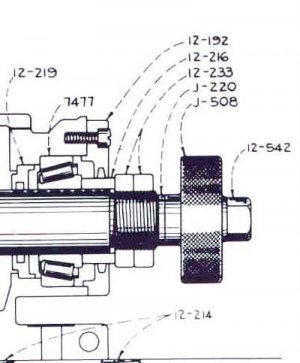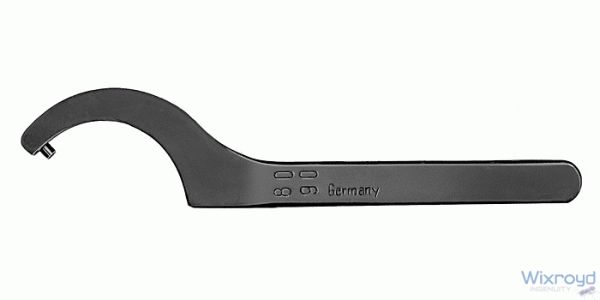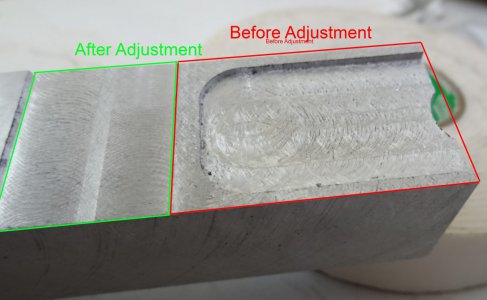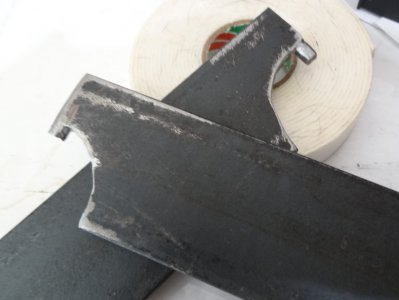- Joined
- Sep 3, 2012
- Messages
- 51
Hello All,
My VN12 started producing a very poor finish. After a little inspection I found the key in the spindle which fits into the slot on the outside of the collet had broken and was forcing the collet off center.
The key appears to be pretty well worn, so I don't know what it looked like originally. I'd gladly accept a photo or a rough sketch. I've attached a photo of the remains of my key & the pin that held it.
Evan R.
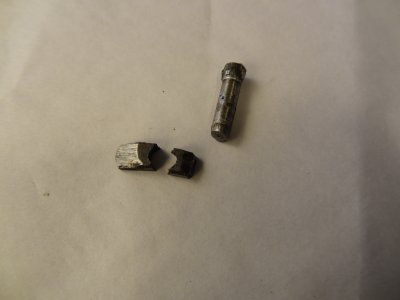
My VN12 started producing a very poor finish. After a little inspection I found the key in the spindle which fits into the slot on the outside of the collet had broken and was forcing the collet off center.
The key appears to be pretty well worn, so I don't know what it looked like originally. I'd gladly accept a photo or a rough sketch. I've attached a photo of the remains of my key & the pin that held it.
Evan R.

Last edited by a moderator:


